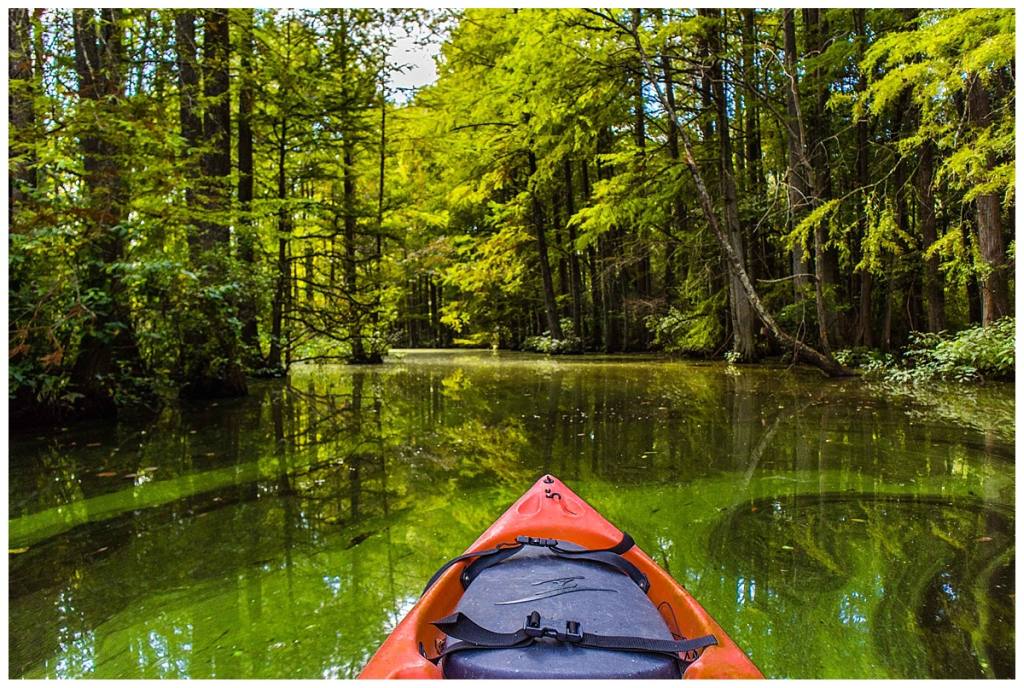Kayaking for Beginners: What You Need to Know:

Kayaking is a fantastic outdoor activity that combines physical exercise with the tranquility of nature. Whether you’re paddling through serene lakes, navigating white-water rapids, or exploring coastal waters, kayaking offers a unique way to connect with the outdoors. If you’re a beginner looking to get started, this comprehensive guide will provide you with everything you need to know.
Benefits of Kayaking
Before diving into the specifics, let’s highlight some key benefits of kayaking:
- Physical Fitness: Kayaking provides a full-body workout, engaging your arms, shoulders, back, and core. It improves cardiovascular health and enhances muscle strength and endurance.
- Mental Health: Being on the water has a calming effect, reducing stress and anxiety. The rhythmic motion of paddling can be meditative, helping to clear your mind.
- Adventure and Exploration: Kayaking allows you to explore areas that are otherwise inaccessible, offering a sense of adventure and discovery.
- Social Activity: It’s a great way to connect with friends and family, creating shared experiences and memories.
Types of Kayaks
Choosing the right kayak is crucial for a positive experience. Here are the main types to consider:
- Recreational Kayaks: Ideal for calm waters like lakes and slow-moving rivers. They are stable, easy to maneuver, and great for beginners.
- Touring Kayaks: Designed for longer trips on open water. They are more efficient for paddling over distances and often have storage compartments for gear.
- Whitewater Kayaks: Built for navigating rapids and rough waters. They are shorter and more maneuverable, making them suitable for experienced paddlers.
- Sit-on-Top Kayaks: Great for warm weather and casual paddling. They are easy to get in and out of and are popular for fishing and diving.
- Inflatable Kayaks: Portable and convenient, they are easy to store and transport. They are suitable for various water conditions but may not be as durable as hard-shell kayaks.

Essential Gear and Equipment
Having the right gear is essential for safety and comfort. Here’s a checklist of what you’ll need:
- Paddle: Choose a paddle that matches your height and the width of your kayak. A lightweight paddle is easier to handle and reduces fatigue.
- Personal Flotation Device (PFD): Always wear a PFD. It’s a crucial safety item that can save your life in case of an accident.
- Clothing: Dress in moisture-wicking, quick-dry fabrics. In cooler weather, wear layers and consider a wet or dry suit.
- Helmet: Essential for whitewater kayaking to protect your head from rocks and other hazards.
- Footwear: Water shoes or sandals with good grip will protect your feet and provide traction on slippery surfaces.
- Dry Bag: Keeps your belongings safe and dry. Store your phone, keys, snacks, and other essentials in a waterproof bag.
- Spray Skirt: A spray skirt keeps water out of the kayak, especially useful in rough conditions or colder environments.
- Safety Gear: Includes a whistle, first aid kit, bilge pump, and a paddle float for self-rescue.
Basic Paddling Techniques
Learning the correct paddling techniques will enhance your efficiency and reduce the risk of injury:
- Forward Stroke: Place the paddle blade in the water near your feet and pull it back toward your hip. Alternate sides to move forward smoothly.
- Reverse Stroke: Similar to the forward stroke but in reverse. Helps you stop or move backward.
- Sweep Stroke: Used for turning. Place the paddle in the water near the bow and make a wide arc toward the stern.
- Draw Stroke: Helps you move sideways. Place the paddle in the water parallel to the kayak and pull it toward you.
Safety Tips
Safety should always be your top priority. Follow these tips to stay safe on the water:
- Check the Weather: Avoid kayaking in severe weather conditions. Calm, clear days are best for beginners.
- Know Your Limits: Start with calm, familiar waters. Gradually progress to more challenging environments as you gain experience.
- Stay Visible: Wear bright clothing and attach reflective tape to your kayak. Use lights if paddling in low light conditions.
- Learn Self-Rescue: Practice getting back into your kayak from the water. Take a class if possible to learn proper techniques.
- Stay Hydrated and Nourished: Bring plenty of water and snacks. Kayaking can be physically demanding, and you’ll need to stay energized.
Conclusion
Kayaking is a rewarding and accessible sport that offers numerous physical and mental health benefits. By choosing the right equipment, learning basic techniques, and prioritizing safety, you can enjoy this activity to its fullest. So grab a paddle, head to the water, and start your kayaking adventure today!
Whether you’re looking to improve your fitness, enjoy nature, or find a new hobby, kayaking is a great choice. Happy paddling!

